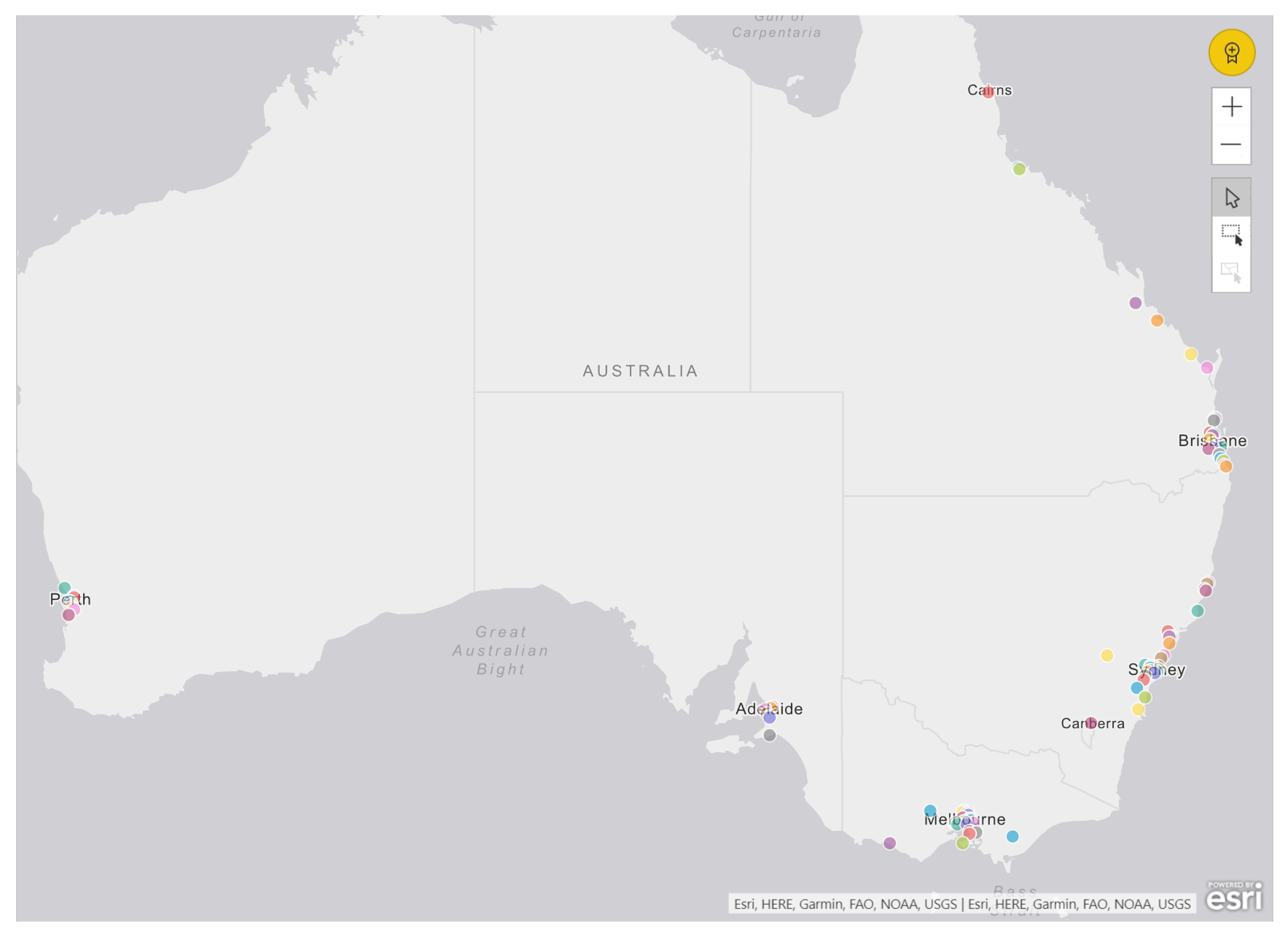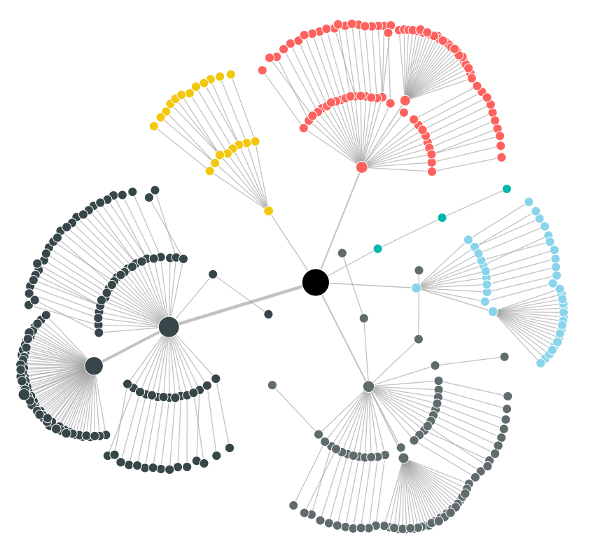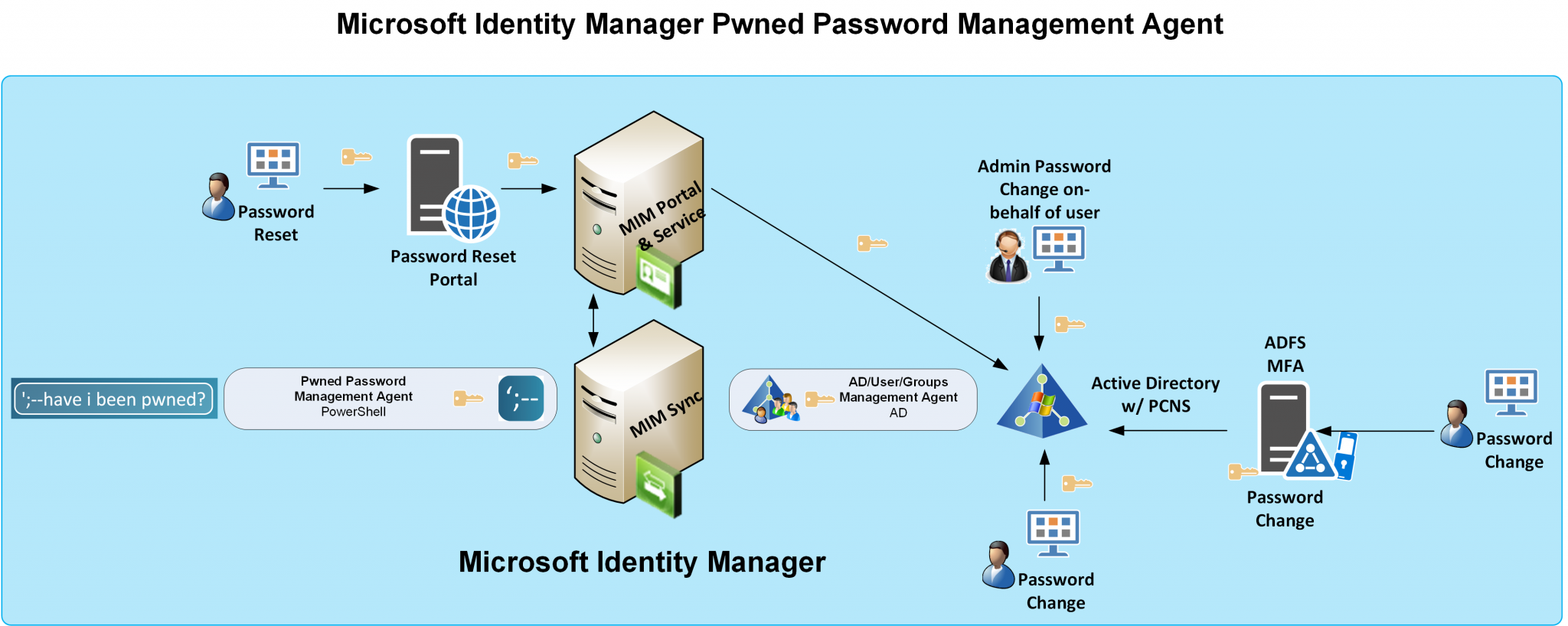
Geographically Visualizing your workforce using Microsoft Identity Manager, xMatters and Power BI
Introduction
In the last couple of weeks I’ve posted about visualizing relationships of data from Microsoft Identity Manager using Power BI. Earlier this week I posted about building a Management Agent for Microsoft Identity Manger to integrate with xMatters.
In this post I combine data from the last two in order to allow us to visualise the geographic office locations for an organisation and then summary data about it (how many employees are located there, and what departments).… [Keep reading] “Geographically Visualizing your workforce using Microsoft Identity Manager, xMatters and Power BI”






